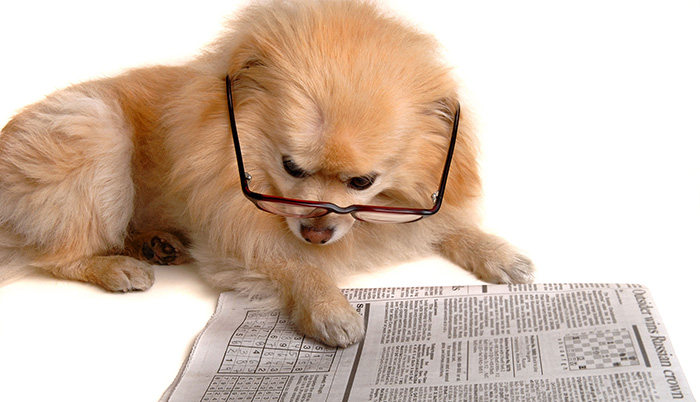
This week I’m working on book proofs. And right at the start, in “prelims”, I noticed an acknowledgement I’d made. I’d written:
Charlie, our surly and eccentric elderly poodle, needed to be put outside at regular intervals; she ensured that I did not end up with completely overwhelming back and neck troubles from too much screen work. RIP Charlie.
This needed no correction. But I couldn’t help a moment of being sad all over again about the death of a much loved doggo, and even got a bit teary as I thought about her life partner who had died a year earlier. And then I realised that this was probably the last acknowledgement I would write, for a while at least, to a canine companion – we’ve decided not to get another pooch for just a bit. But life without dogs is strange after having spent most of my life in their company.
Then I began to think about the place of animals in academic life. And their importance, particularly during writing. My little thankyou to Charlie is hardly the only place or time where the importance of a furry friend is recognised in a scholarly text.
There are often pictures on various social media of academics walking their dogs – walking/thinking companions. I’ve seen lots of cats perched on computers, paws preventing the flow of composing. And various snaps of dogs in conversation with their “owners”, often asking for food, walks, or simply that their human step away from the books and come outside. I’ve seen the occasional guinea pig and rabbit too. We have had #academicswithcats and #academicswithdogs (but maybe we need more).
Now, of course living with animals is not just important to academics. But I suspect that they may play a particular part in our lives.
We spend so much time with our noses buried in books or seated at the computer, or puzzling over data. This is often time when we are alone. Well, we are connected of course to loads of other people through the texts we read and write. And as we read through transcripts or field notes or lab records, we remember the location, the people present, the physical surroundings, perhaps even the sounds and smells. So we are not necessarily alone in our thoughts.
But we are often physically isolated in an office at home or at work.
The presence of another creature immediately breaks this pattern. As we read or write or think, we are simultaneously aware of another being, perhaps sleeping, snoring, moving about, chewing, farting, sniffing, wriggling. Often, we are required to stop what we are doing and pay attention, fetch a toy, speak, make contact. Even as I write this post, I have been interrupted by our current house guest, Archer, a large black boy who usually lives with a cousin, but who is temporarily with us at the beach.
In moments of hound-induced disruption it is clear that my needs are not the only ones that matter. My work is not all that counts.
While these interruptions may at times be marginally distracting, they are equally often amusing, comforting, reassuring, playful, touching. They take us out of our heads and the little scholarly world we are creating/living in. They bring us back to our bodies and meaningful connections. We understand again that sociality and relationships are not just with our own kind.
So this week, it’s a metaphorical thumbs up and more public thanks to the various species that we live with, and the multiple ways in which they support our endeavours and we theirs.
And yes, yes, fill up the comments with your animal pics and stories.
